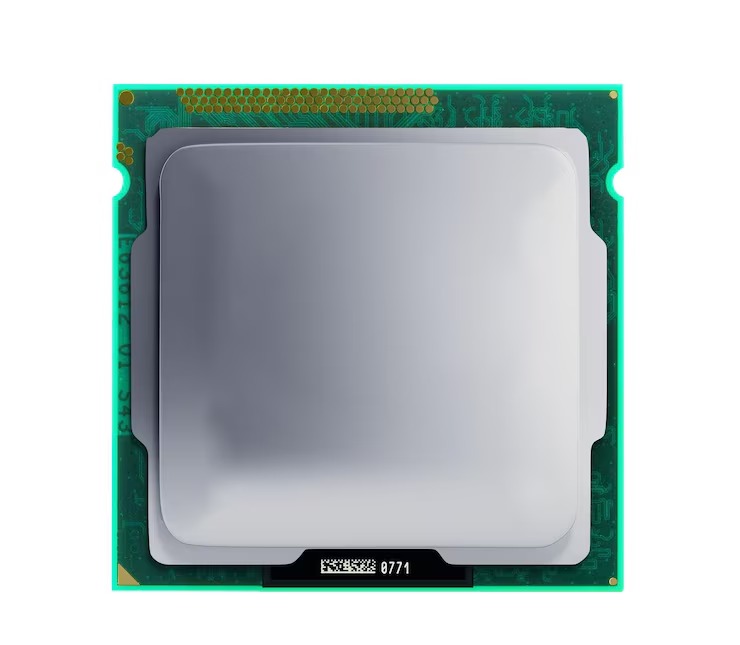Innovative Approaches to Tech
The technology landscape is evolving at an unprecedented pace, driven by creativity, necessity, and bold experimentation. Companies and individuals alike are rethinking traditional methods to solve complex problems, streamline workflows, and enhance user experiences. Here, we explore some of the most groundbreaking approaches reshaping the tech industry today.
1. Decentralized Systems and Blockchain
One of the most transformative innovations in recent years is the rise of decentralized systems. Blockchain technology, for instance, has moved far beyond its cryptocurrency roots to redefine how data is stored, shared, and secured. By eliminating the need for intermediaries, blockchain enables transparent, tamper-proof transactions across industries.
Real-World Applications
Supply chain management is a prime example. Companies like IBM have implemented blockchain to track goods from production to delivery, ensuring authenticity and reducing fraud. Similarly, decentralized finance (DeFi) platforms are democratizing access to financial services, allowing users to lend, borrow, and trade without traditional banks.
2. Human-Centered Design in Software Development
Gone are the days when software was built purely for functionality. Today, the focus is on human-centered design—creating intuitive, accessible, and emotionally resonant user experiences. This approach prioritizes empathy, involving end-users in every stage of development.
Case Study: Slack
Slack’s success stems from its relentless focus on user needs. By conducting extensive research and iterative testing, the team crafted a messaging platform that feels natural and effortless. Features like customizable notifications and threaded conversations were born from direct user feedback, proving that listening to your audience pays off.
3. Edge Computing for Faster Processing
As the Internet of Things (IoT) expands, traditional cloud computing struggles to keep up with the sheer volume of data. Edge computing addresses this by processing data closer to its source—whether it’s a smartphone, sensor, or autonomous vehicle. This reduces latency, enhances security, and conserves bandwidth.
Practical Benefits
In healthcare, edge computing enables real-time analysis of patient data from wearable devices, allowing for quicker diagnoses and interventions. Retailers use it to personalize in-store experiences, analyzing customer behavior instantly to offer tailored recommendations.
4. Sustainable Tech Solutions
Sustainability is no longer optional—it’s a necessity. Forward-thinking companies are integrating eco-friendly practices into their tech solutions, from energy-efficient data centers to biodegradable hardware.
Leading by Example
Google has committed to operating on 24/7 carbon-free energy by 2030, investing in renewable power and advanced cooling systems for its data centers. Meanwhile, startups like Fairphone are designing modular smartphones with repairable components to reduce electronic waste.
5. Cross-Disciplinary Collaboration
Innovation thrives at the intersection of diverse fields. Tech leaders are increasingly partnering with experts in biology, art, and social sciences to develop solutions that are both technically sound and culturally relevant.
Breaking Barriers
Neuralink, for instance, merges neuroscience with engineering to create brain-machine interfaces. Similarly, Adobe’s Creative Residency program brings artists and technologists together to push the boundaries of digital creativity.
Actionable Takeaways
To stay ahead in this dynamic environment, consider these steps:
- Embrace decentralization: Explore how blockchain or peer-to-peer networks can enhance transparency in your operations.
- Prioritize user feedback: Regularly engage with your audience to refine your products and services.
- Invest in edge computing: If your business relies on real-time data, evaluate how edge solutions can improve performance.
- Adopt sustainable practices: Audit your energy usage and explore greener alternatives.
- Foster collaboration: Seek partnerships outside your industry to spark fresh ideas.
The future of tech lies in bold, unconventional thinking. By adopting these innovative approaches, businesses and individuals can not only keep pace with change but also drive it.



